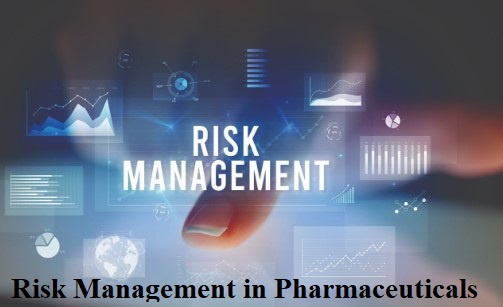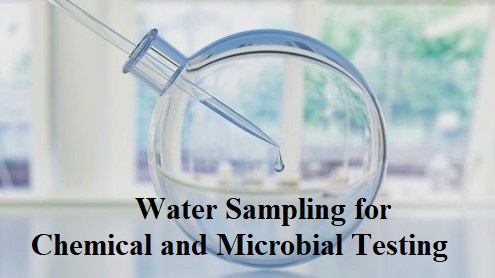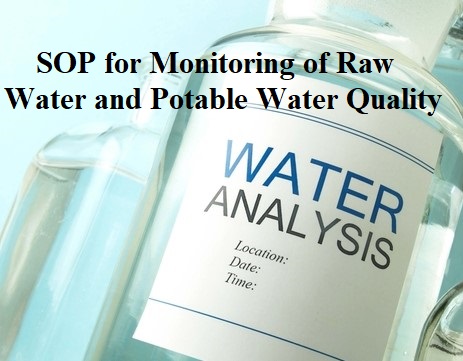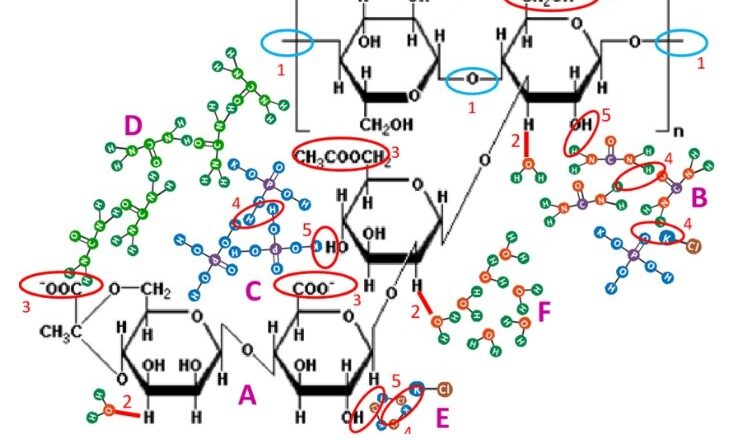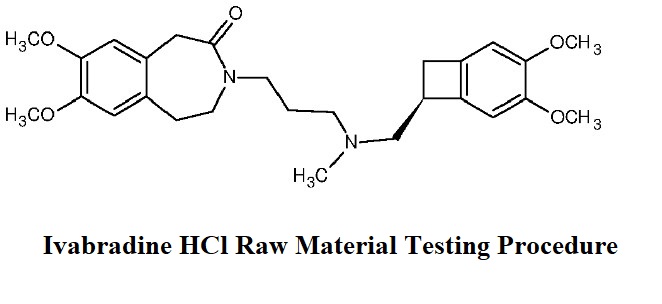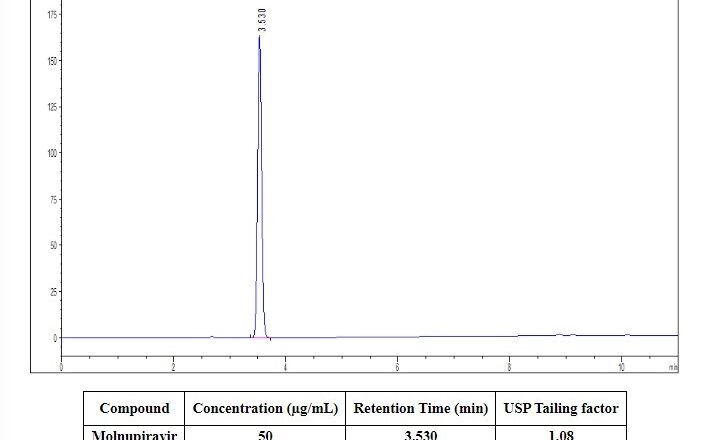
Standard Operating Procedure on Sop in a Pharmaceutical Industry
A Standard Operating Procedure on Sop in a Pharmaceutical Industry is a detailed, written instruction that outlines the steps required to perform a specific activity within a pharmaceutical industry. It provides a standard and consistent approach to processes, ensuring that they are performed accurately, consistently, and in compliance with regulatory requirements.
In the pharmaceutical industry, SOPs are critical to ensure the quality and safety of drug products, as well as to ensure compliance with regulatory requirements.
Each SOP should include a clear description of the steps involved, the personnel responsible for each step, and the equipment and materials required. It should also include clear instructions on how to perform each step, as well as on how to document and record t...


